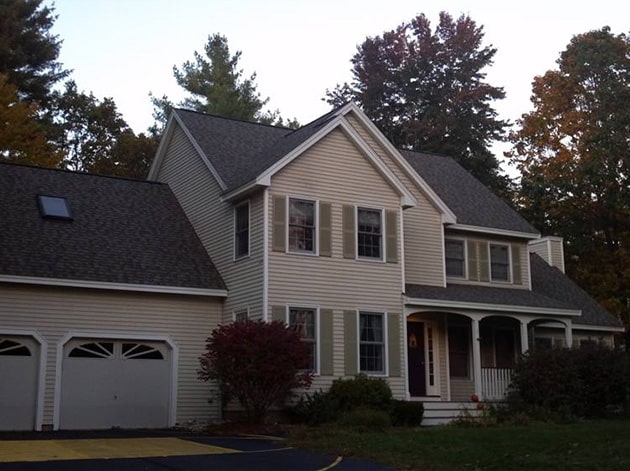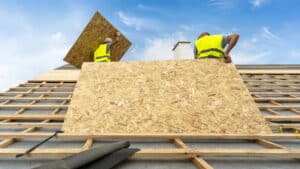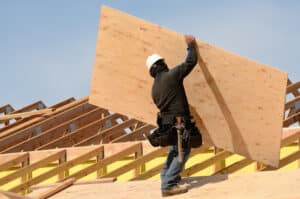When choosing roofing materials, you need to consider how heavy the material is and if it will require special framing. You also need to consider if a variety of colors and styles is important to you. Another thing to look out for is if the material meets the fire codes in your local area and if it can offer good performance in extreme weather conditions. The cost and life span of the materials are important as well. Roof framing, preparation, and proper installation are important, as is the material you choose for your roof. The material adds value and updates the look of your home.
Types of roof materials include:
Asphalt Shingles:
These are most common and vary in quality. They are economical and easy to install. Asphalt shingles are one of the least expensive materials and have a variety of colors. However, they don’t provide the insulation other materials offer and the life span of these shingles are shorter than other materials.
Clay and Concrete Tiles:
These add texture and elegance to a roof. They are durable and versatile and less expensive than genuine clay. These tiles are long lasting and noncombustible, they are also energy efficient. But they are expensive, heavy, and usually require additional framing.
Wood Shake:
This material gives a natural look. This kind of roof does offer some energy benefits, like attic insulation and allowing the house to breathe. It does need proper maintenance, however, or it will not last as long as other materials. Mold, rot, and insects can be a problem. The lifecycle cost may be high, and old shakes can’t be recycled. Most wood shakes are unrated by fire safety codes. There are pressure-treated shakes that extend the life of wood shingles and provides better fire safety performance.
Slate Shingles:
Slate shingles are made out of sedimentary rock that can be split into thin sheets. They offer a distinctive, elegant appearance and have a variety of colors. Slate shingles are durable, fire-resistant, and sustainable. Slate can be recycled. On the downside, slate is expensive. It’s also heavy and requires extra framing. It is breakable if walked on the wrong way, making it difficult for a non-professional to complete tasks such as rooftop maintenance and gutter cleaning.
Metal:
This is a very common material used for roofs. They are resistant to extreme weather conditions and available in panels and shingles. Metal roofing Is durable, lasts longer than asphalt or wood, and offers high solar reflectance. It is also recyclable. On the downside, metal roofing is relatively expensive.
Synthetic Roofing Products:
Synthetic roofing products include rubber, plastic and polymer roofing. They are developed to give you the color, look and texture of natural materials like slate and wood and are designed to be strong and easy to maintain. Some of these materials are fire-resistant. Some of these products can absorb water and the quality varies. One thing to look out for, newer products aren’t time-tested.




